The Impact of Current Tariffs on Surgical Supply Costs
As global trade policies shift, healthcare providers, particularly hospitals and ambulatory surgery centers (ASCs), are beginning to feel the ripple effects of newly imposed tariffs on imported goods. While much of the public focus has centered on consumer goods, the implications for surgical supply chains are equally significant and warrant attention from supply chain managers, OR directors, and administrators alike.
How Tariffs are Driving up Surgical Supply Costs
A tariff is a government-imposed tax on imported goods, designed to protect domestic industries or generate revenue. Today, 70% of all medical devices marketed in the US are produced overseas (AHA, 2025) [1]. This means that for hospitals, surgical centers, and supply chains that rely heavily on international manufacturers, a modest tariff can create noticeable increases in supply expenses. This can strain already tight budgets and may result in higher operational expenses, delayed purchasing decisions, or reduced availability of certain products. In some cases, healthcare providers may be forced to seek alternative suppliers, which can affect consistency and surgical quality.
A large portion of surgical supplies and medical instruments used in the United States is sourced from international manufacturers. According to Tina Freese Decker, Chair of the American Hospital Association, “pharmaceuticals, medical devices and personal protective equipment,… low-margin, high-use essentials like syringes, needles and blood pressure cuffs” are all frequently sourced internationally. When tariffs are applied to these goods, the direct cost of importing them increases, thereby raising the overall expense for healthcare providers and patients. Additionally, the AHA (American Hospital Association) found that the US imported “over $75 billion in medical devices and supplies in 2024” (Drecker, 2025) [2]. This large reliance on imported medical supplies in the US, combined with increasing tariffs, will make every step in the healthcare ladder more expensive.
For many hospitals, these added costs come at a time when operating margins are already narrow. ASCs, which often operate under tighter cost controls, may feel the effects even more acutely. Tariffs do not discriminate by product category; whether a supply is critical or elective, price adjustments may apply across the board. Even minor increases in unit cost can add up quickly when multiplied across hundreds or thousands of procedures performed each year.
How Will This Impact The Operating Room?
Beyond direct pricing changes, there are also secondary effects to consider. Some suppliers may respond to tariffs by adjusting their sourcing or manufacturing strategies, leading to longer lead times, inconsistent inventory levels, or changes in product availability. These disruptions can complicate surgical planning, increase the administrative burden of procurement teams, and potentially require substitutions or workarounds in the OR.
These tariffs not only impact surgical supplies, but they also impact computer infrastructure. “Servers, networking equipment, and clinical computing devices are frequently imported,” which can create issues for facilities that rely on imported software or legacy systems (EHRinPractice, 2025) [3]. Facilities should consider switching to a cloud-based EHR, identifying where hardware is sourced, and upgrading legacy systems before costs jump.
What remains clear is that the financial impact of tariffs on surgical supplies is something that facilities need to prepare for. Hospitals and ASCs that proactively address these changes will be better positioned to maintain clinical quality while controlling costs in an increasingly complex supply environment.
Systems like PREFcards enable facilities to make informed decisions on what supplies to order and which ones are driving up costs. You can easily make changes to multiple cards at once with bulk-card editing, allowing staff to add notes or update preferences if costs change or something becomes unavailable. PREFcards also offers data reports like case cost comparisons and surgeon contribution margin to enable surgical teams to identify inefficiencies and cut costs where applicable. With so much uncertainty, being able to reduce unnecessary costs will enable facilities to stay one step ahead and limit the impact that tariffs could have on their facility
For more information, visit www.prefcards.com or email us at info@prefcards.com
Sources
[1] “Aha urges administration to grant exceptions for tariffs for medications and medical supplies”, AHA, (February 4, 2025)
[2] “Tariff implications for american health care” by Tina Drecker, AHA, (May 19, 2025)
[3] “How the U.S. tariffs are reshaping healthcare software buying decisions in 2025”, EHRinPractice, (May 20, 2025)

